The Galapagos Islands are known throughout the world for their unspoilt nature and unique wildlife. But unwanted intruders are threatening the native species. A fund to control invasive species is intended to save them.
Species conservation
How environmentalists in the Galapagos Islands are committed to the protection of flora and fauna.
Sometimes the danger can seem miniscule. But, as Luis Enrique Buitrón López knows, it can reach devastating proportions. And this time, the cause of his concern is an insect just a couple of millimetres in size: the fruit fly. It was spotted on Isabela, the largest island in the Galapagos Archipelago. "Before the flies spread like invaders there," says Buitrón resolutely, "we have to take action."
Buitrón knows what he's talking about. As acting director of the FEIG, a fund to control invasive species in the Galapagos Islands, he is fighting plants and animals that – simply put – have no place in the Pacific archipelago. Some animals, such as rats, snails or insects, are unknowingly introduced. But pets and farm animals such as dogs, cats or goats can also cause serious damage if they roam around freely in nature. Similarly, non-native plants or fungi pose a threat. "The species can alter the sensitive ecosystem of the archipelago and displace native species," says Buitrón.
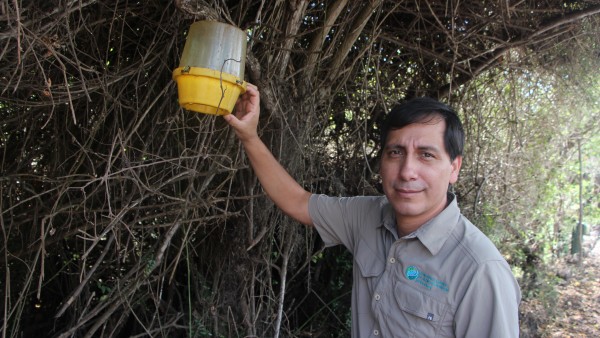
Flytrap
Luis Enrique Buitrón López wants to prevent fruit flies from disturbing the ecological balance in the Galapagos Islands.
Rats plunder the nests of birds and reptiles. Wild pigs dig up sea turtle eggs. Goats eat grass and plants, leaving less for the famous Galapagos giant turtle, iguanas are killed by stray dogs and fly larvae feed on the blood of baby Darwin finches which often do not survive this attack. "Some of the alien species introduced exhibit dominant behaviour against which native species have no chance," explains Buitrón of the FEIG.
His fund employs a range of long- and short-term measures to get a handle on the invaders. This starts with preventive measures, such as spraying incoming baggage at island airports, and ends with concrete measures to combat alien species. With the help of the Charles Darwin Foundation, the National Park Administration succeeded in completely eliminating herds of wild goats from the island of Isabela.
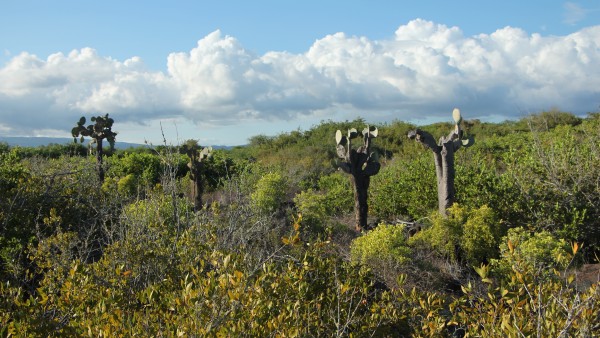
Rarities
Almost half of the plants that grow on the Galapagos Islands are found only there and nowhere else in the world.
As early as 2011, the Ecuadorian Ministry of the Environment set up a fund to advance the fight against invasive species. It has a current total of USD 20 million and was supported by KfW Development Bank with funds from the Federal Ministry for Economic Cooperation and Development in the amount of EUR 2.5 million.
Alexandra Mylius, KfW Project Manager for Agriculture and Natural Resources in Latin America and the Caribbean, explains why: "It was important for us to guarantee the long-term work of the FEIG, which is why the FEIG is designed as a foundation fund. This means that the initial capital is not touched, only the interest income is used for projects so that sufficient funds will also be available in the years ahead. "Unfortunately," says Alexandra Mylius, "the problem of invasive species will not become any less relevant."
Due to their remote location near the equator, about 1,000 kilometres west of Ecuador, species have been able to develop on the Galapagos Islands that cannot be found anywhere else in the world. Around 80 per cent of land birds, virtually 100 per cent of snails, 56 per cent of insects and 43 per cent of land plants are endemic, i.e. unique to these islands. UNESCO declared the island group a World Heritage Site as many as 40 years ago. More and more tourists are attracted every year by its particularly well-known species like giant turtles, sea and land iguanas and sea lions, but also birds like blue-footed boobies, Galapagos penguins and Darwin finches.
This may be good for the economy, but it can also endanger the unique nature of the archipelago, where 97 per cent of the land area and 99 per cent of marine areas have been declared a national park. Rising tourism and the resulting population growth have led to more agriculture and an increase in passenger and freight traffic between the Ecuadorian mainland and the islands, making it easy for unwanted "guests" to reach the islands.
"A single imported seed can unleash a disaster," says Walter Bustos, long-time director of Galapagos National Park, who, together with ABG, the Agency for Control and Quarantine Measures on the islands, is responsible for the various activities of the FEIG. Over 500 alien plant species have already been registered. One such example is the blackberry, which is spreading rapidly as birds eat the berries and then expel the undigested seeds all over the islands. Or there is the Lantana camara, an ornamental flower that proliferates over the breeding grounds of native birds, and cinchona trees, which threaten the endemic Miconia vegetation.
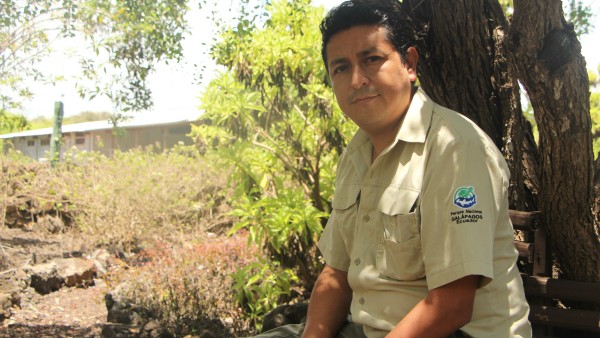
Environmentalist
Walter Bustos manages the Galapagos National Park and implements control and quarantine measures to protect native species.
"Breeding and reintroduction programmes for endemic animals, such as giant turtles, go hand in hand with the fight against invasive species," said Bustos. "And fortunately, we have already achieved much success." This is partly down to the efforts to secure the long-term existence of the FEIG. "Before the fund was created, there was hardly any financing for these measures so this project closes an important gap," says Alexandra Mylius.
The choice of remedies to fight harmful intruders is often a sensitive issue. Pesticides, for example, are not only harmful to intruders, but also to the local ecosystem. In the case of a special and extremely robust blackberry species with particularly deep roots, the project is aiming to break new ground. The first step was to determine which species was involved. "It was initially thought to come from India," says Buitrón, "but DNA analysis revealed that it was of Chinese origin.
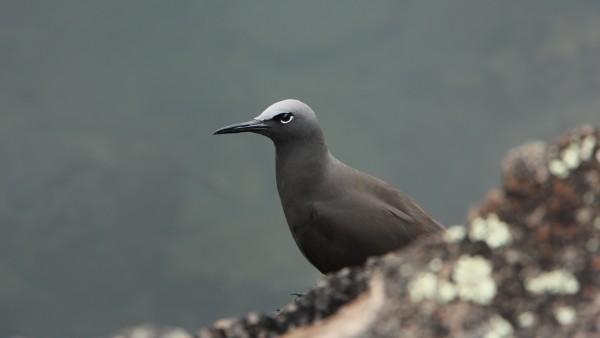
Retreat
The Galapagos Islands were declared a UNESCO World Heritage Site 40 years ago. Their status guarantees rare animals a protected habitat.
Now special fungi will be imported from Asia and tested in the laboratory. If the fungus can destroy the plant without adversely affecting the ecosystem of the islands, perhaps one of the most persistent invaders can be successfully eliminated. "Ground-breaking work," emphasises Buitrón. He also hopes to get control of the invasion of fruit flies which probably came to Isabela through fruit imports. "This is ensured by a wide range of manual and complex actions," he says. The number and distribution of insects first has to be determined and mapped. Food and pheromone traps, which are attached to almond and citrus trees, are used for this purpose. Biological insecticides are then used. In future, newer methods could also be used, such as targeted gene mutations that lead to the sterilisation of male animals. That's a lot of work for such a small animal. But no matter how infinitesimal the danger, underestimating it could mean the end of the unique ecosystem of the Galapagos Islands.
Published on KfW Stories: Thursday, 21 June 2018
The described project contributes to the following United Nationsʼ Sustainable Development Goals
Goal 15: Sustainably manage forests, combat desertification, halt and reverse land degradation, halt biodiversity loss
Biodiversity loss is increasing, and with it, the basis of our lives is being rapidly destroyed. According to estimates, 60 per cent of the worldʼs ecosystems have declined or are not used sustainably. 75 per cent of genetic diversity in agricultural crops has been lost since 1990. More than half of the rain forests have been destroyed in favour of producing palm oil, biofuels, animal feed and meat.

All United Nations member states adopted the 2030 Agenda in 2015. At its heart is a list of 17 goals for sustainable development, known as the Sustainable Development Goals (SDGs). Our world should become a place where people are able to live in peace with each other in ways that are ecologically compatible, socially just, and economically effective.

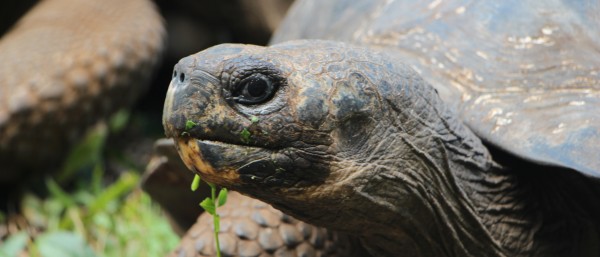
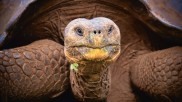
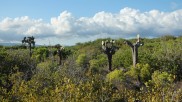
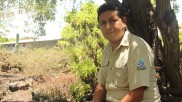




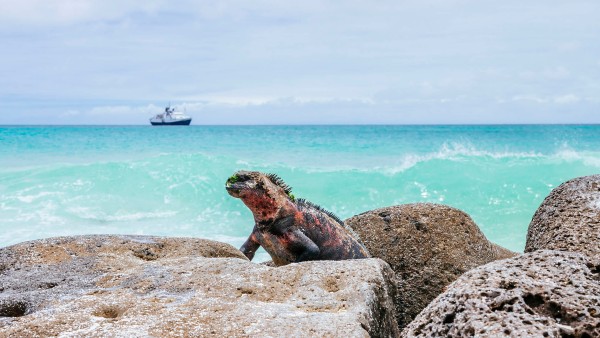
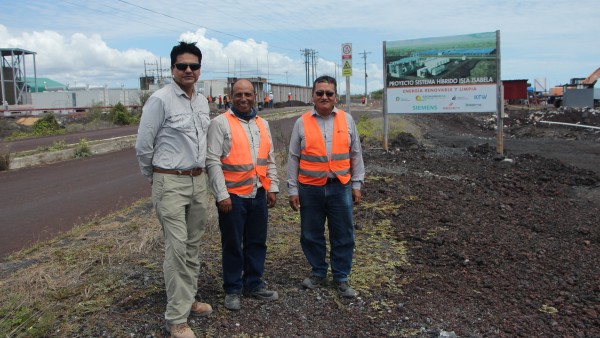
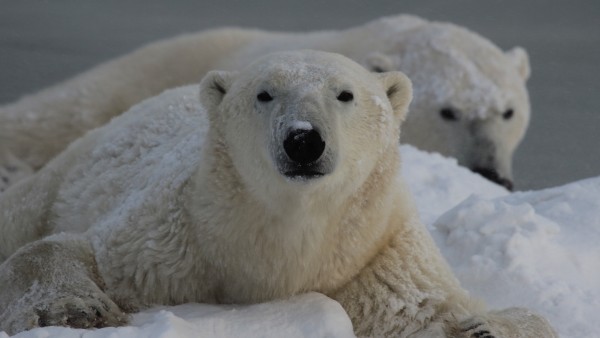
Data protection principles
If you click on one of the following icons, your data will be sent to the corresponding social network.
Privacy information